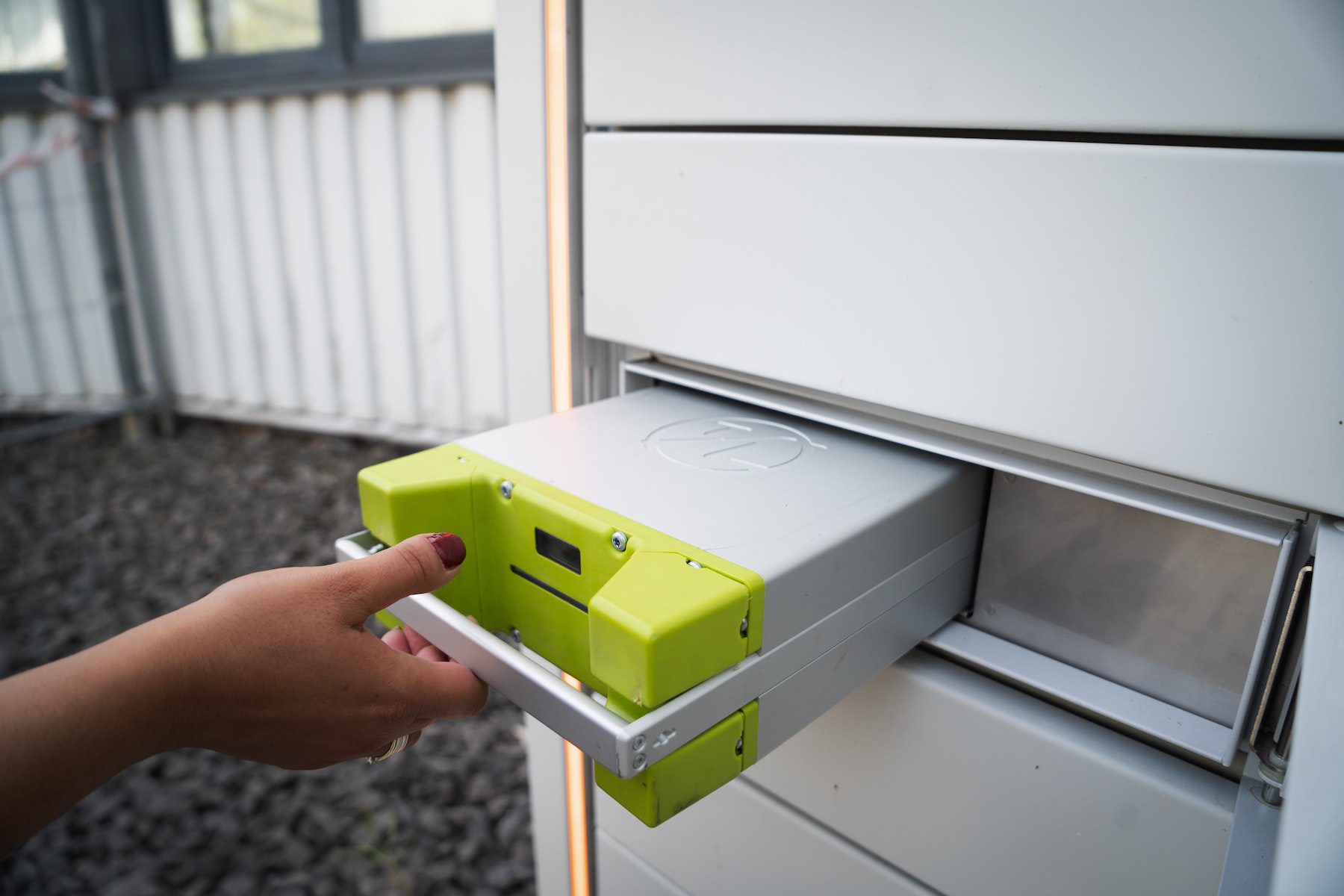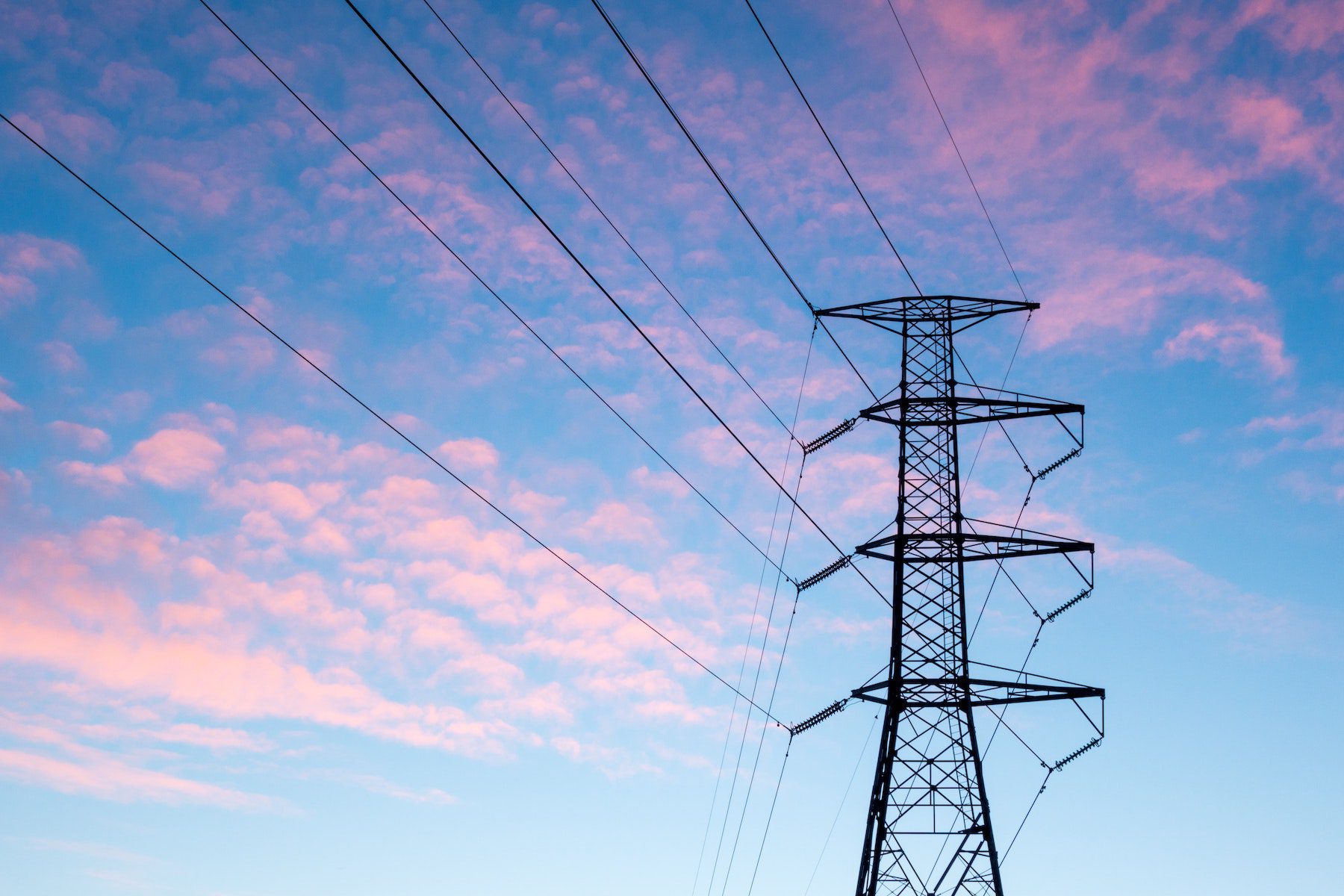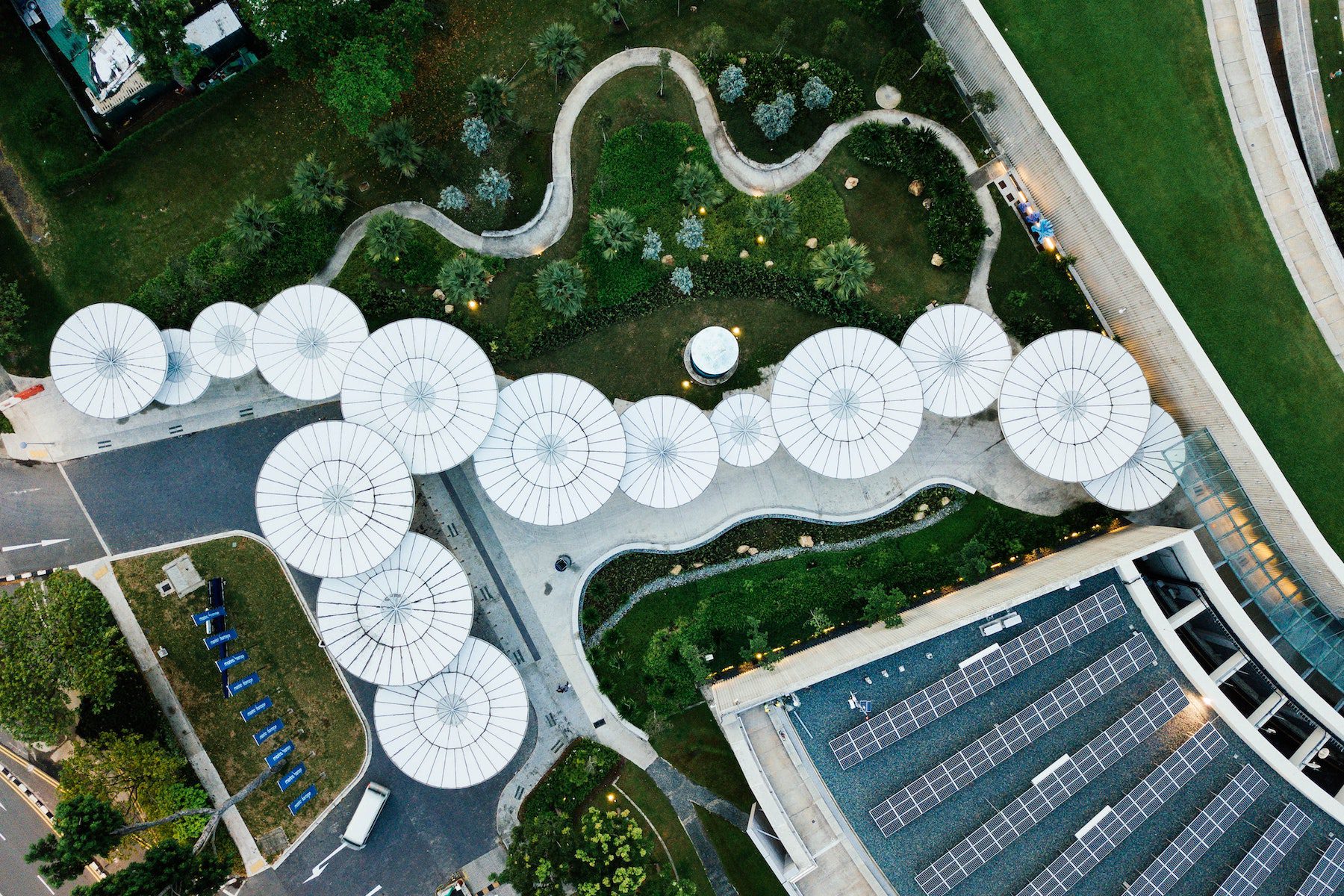The other night I found myself chatting with a neighbor who works as an emergency room doctor. He asked me what I did for a living, and when I told him about my clean energy work with RE Sources, I saw a restrained eye roll.
“You know,” he said, “I have a friend with a Tesla and I always remind him that he basically has a coal-powered car. Electric vehicles are a scam.” He was referring to the potential for coal-fired power plants acting as the power generation for the electricity that might inevitably charge the Tesla.
On principle, he’s not entirely wrong. In Washington state, our electricity generation looks something like this:

When a person plugs in their electric vehicle to charge (or any other electric appliance) the power is supplied by a mix of clean energy like renewables and hydroelectric, as well as dirty fossil fuels like coal and gas. Unless you’re powering your house with your own distributed energy like solar panels, or belong to a renewable energy purchase program for your power, it’s almost certain that your electricity has some dependence on fossil fuels. While this might make it seem futile to switch to electric options like electric vehicles, heat pumps, induction stoves, and electric water heaters, the reality is that we have to start somewhere.
We Have to Start Somewhere
Obviously, it would be great if we could transition all of our power generation AND the technology that requires power to operate to renewable options all at once, but the fossil fuel industry and related lobbying efforts have made that incredibly difficult to do. So we’re working in stages.
Right now, the electric heat pump heating and cooling my two-bedroom rental house in Bellingham, Washington isn’t powered entirely by renewables. It’s powered by whatever energy mix comes through my walls everyday. But every time I hear the heat pump click on, I get excited knowing that as soon as we’re able to bring more renewables online in Northwest Washington and increase energy storage, I’ll immediately have access to that renewable energy and won’t have to burn any fossil fuels indoors to keep my house at a comfortable temperature. Simply having the heat pump installed (thank you landlord!) is a massive step in the right direction, even if I can’t ensure my energy use is 100 percent carbon-free right now.
But it’s not just about individuals like me and you making choices to move in the right direction. More than 180 cities, 10 counties, and eight states across the U.S., a group representing more than 100 million Americans, have made commitments to power their communities with 100 percent clean, renewable energy. That includes Washington State, which has committed to carbon-neutral electricity by 2030, and 100 percent clean electricity by 2045. The entire U.S. has committed to reaching net-zero emissions economy-wide by 2050. Which is to say, the clean energy future is inevitable.
These are big goals, and the deadlines are approaching quickly. Which is why it’s more important than ever not to get hung up on the imperfect actions — like coal power contributing to some electric vehicle charging or heat pump power — but instead focus on the large-scale policies, technological development, and public and political will that can change the way we get and produce energy at the speed necessary to combat climate change. When renewable energy can meet 100 percent of demand (and in Northwest Washington, we’re not far from that being possible), it won’t do us any good if we’re still burning gasoline in cars, heating our homes with methane, and cooking over a fossil fuel flame. We have to start transitioning now.
What Could The Transition Look Like Locally?
In our last post, we talked about the grid and how it might respond to bringing more renewable energy online. The main takeaway from that was that we are going to need a national grid to power the entire country’s energy needs with renewables.
However, just like the story about the Tesla and coal-powered electricity, just because we don’t have a national grid yet doesn’t mean we can’t start making changes now that get us ready for a transition to 100 percent clean energy.
While work moves forward on a national grid, there are two things we can start working on right away locally to help support grid transitions:

1) Battery Storage
Where the wind don’t blow and the sun don’t shine…we’ll need battery backup. Batteries are the main way to store solar and wind power and can look like everything from the lithium-ion batteries we’re all pretty familiar with, to compressed air energy storage and mechanical gravity energy storage.
Renewable energy battery storage can smooth out the gaps between energy supply and demand, in some cases entirely replacing oil and natural gas “peaker” plants that turn on for a period every day when energy demands outpace supply. These peaker plants are incredibly inefficient because they have to ramp up quickly to keep electricity flowing and in turn, release an immense amount of greenhouse gas emissions.
For example, in February, Tesla deployed 37 Megapacks (basically big batteries) on the Kenai Peninsula in Alaska in partnership with local utility cooperative Homer Electric. Even in temperatures that regularly drop below -30 degrees Fahrenheit, the peninsula can now run without gas turbines up to four months of the year.
Utility scale battery storage costs have already dropped 70 percent between 2015 and 2018 and are expected to drop another 45 percent through 2030 — the exact timeline we need to meet our emissions goals. California, New York, and Florida are already building utility-scale energy storage projects able to power hundreds of thousands of homes and replace natural gas-powered peaker plants.
Even on the individual household and apartment level, battery storage is getting more and more affordable for homeowners and landlords, especially when used in a way that specifically reduces peak load. With collective net metering (the electricity used and produced between multifamily units like apartments and duplexes) and shared batteries in apartment buildings, the repayment time for a battery investment is 5-7 years, and around 16 years for private houses (though this doesn’t factor in the likely continued decrease in battery cost over the next decade). Batteries also provide affordable modular adaptation, meaning if demand for power in a household increases (because you add more family members, renters, etc.) it’s possible to just add more batteries rather than stripping and replacing existing appliances like boilers and water tanks.
2) Microgrids
Local communities don’t have to wait for a national grid to start reaping the benefits from renewable energy; microgrids can power relatively small areas (like college campuses, hospital complexes and neighborhoods) right now.
At the highest level, a microgrid is a self-sufficient energy system where one or more kinds of distributed energy (think rooftop solar panels and local wind turbines) produce power, while utilizing energy storage (yes, batteries!). A microgrid is like a little power plant for a small community that’s hyper-efficient because it generates its power very close to the community that it serves. It can store energy when it’s cheap, produce energy when it’s expensive, and provide backup capacity.
What makes microgrids particularly useful as we work our way toward a national grid is that they can be completely unplugged from the bigger grid (called “islanding”) so that they can continue to supply power to their customers when, say, a climate-related weather event causes an outage in the larger grid. Moving some power generation, consumption and management under local control helps to build resiliency in our energy dependence.
There are already more than 160 microgrids in the U.S., with capacity expected to double in the next three years. In 2021, Washington state announced $3.9 million in grants from the state’s Clean Energy Fund to design and build 18 electric grid modernization projects, with half of those projects focused on microgrids. These projects are expected to help get us closer to reaching our 2045 goal of having a 100 percent net-zero carbon emission electricity supply.

What Happens Next?
When it comes to climate change, there’s no time left to lose. We have a new campaign launching at the end of April 2022 to ensure we meet our clean energy goals. Make sure you’re on our email list so you don’t miss the launch, and help Northwest Washington transition to a clean energy future.

